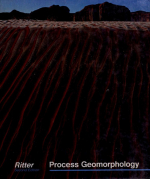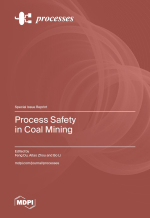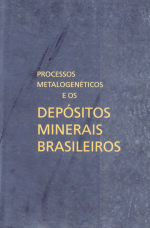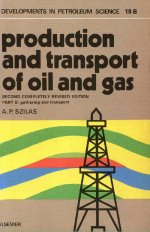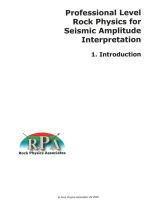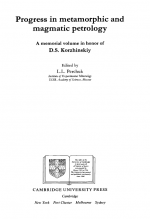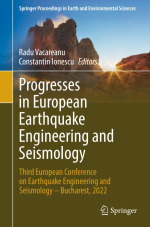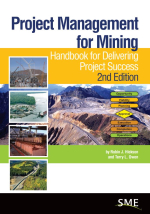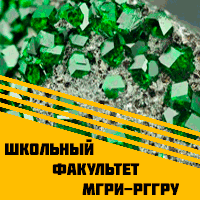Geomorphology has undergone a drastic change in scope and philosophy during the last several decades. In the past, the discipline was primarily concerned with the evolutionary development of landscapes under a wide variety of climatic and geologic controls. More recently, geomorphologists have recognized the need for an applied rather than a historical emphasis. This change in philosophy has placed geomorphology at an interface with many other disciplines. Today’s geomorphologist must relate to problems that face hydrologists, engineers, pedologists, foresters, and many other types of earth scientists. The bond that unites geology and geomorphology with so many apparently diverse disciplines is the common need to understand the processes operating within the Earth’s surficial systems. Thus, although the historical aspect of landscapes remains important, it is absolutely essential for earth scientists to have a basic understanding of surface mechanics and, in addition, of how those process mechanics are reflected in the landforms they create. This edition of Process Geomorphology, like its predecessor, is an attempt to satisfy those needs. The prime purpose of the book remains as it was, to provide undergraduate students with an introductory understanding of process mechanics and how process leads to the genesis of landforms. <...>


